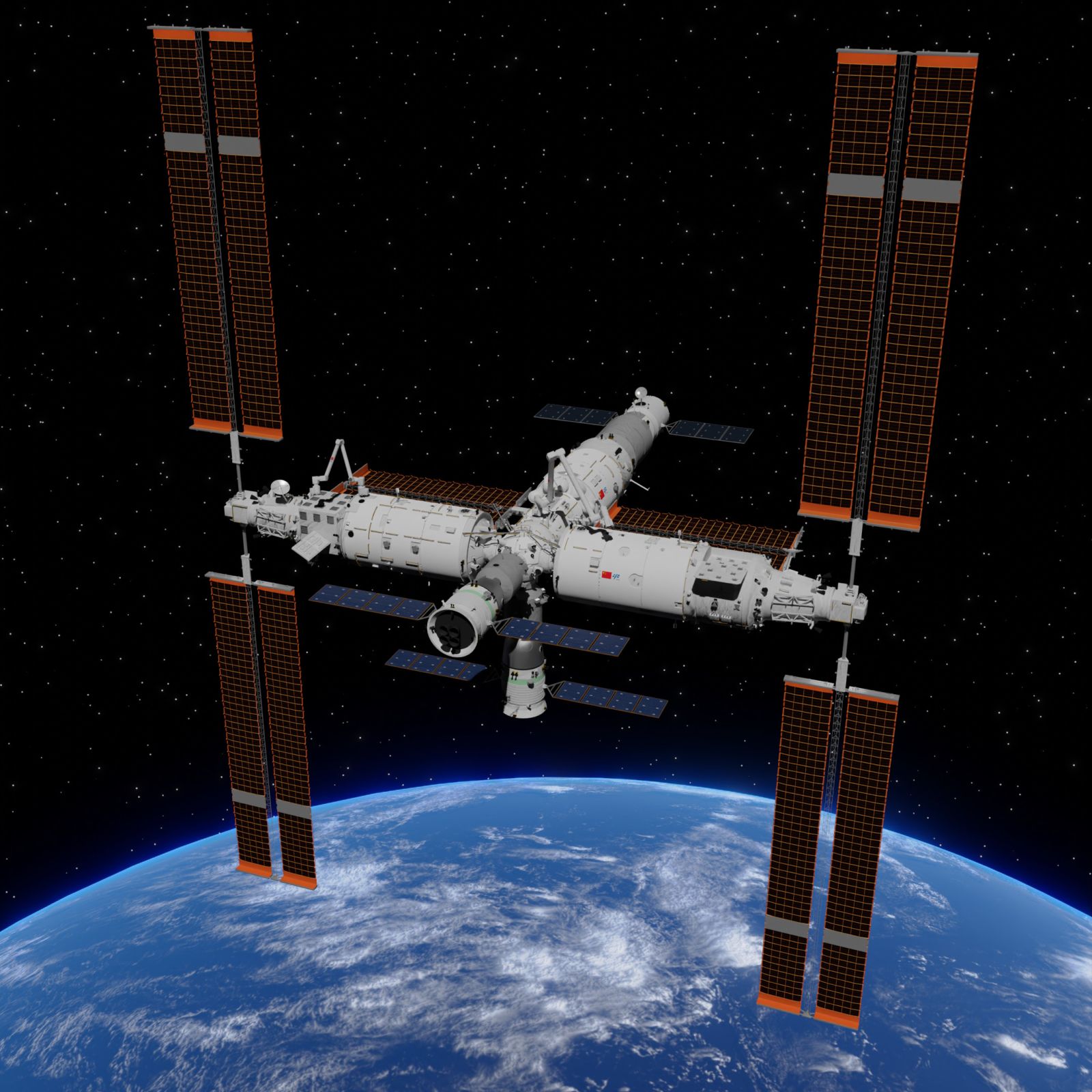Unknown living organism discovered aboard Chinese space station 🚀
Published by Cédric,
Article author: Cédric DEPOND
Source: International Journal of Systematic and Evolutionary Microbiology
Other Languages: FR, DE, ES, PT
Article author: Cédric DEPOND
Source: International Journal of Systematic and Evolutionary Microbiology
Other Languages: FR, DE, ES, PT
Follow us on Google News (click on ☆)

Image Wikimedia
Identified under the name Niallia tiangongensis, this bacterium was isolated in a module of the station in May 2023 by the crew of the Shenzhou-15 mission. Its study, published in the International Journal of Systematic and Evolutionary Microbiology, highlights its potential for understanding microbial resistance in space.
A microbe shaped by extreme conditions
Niallia tiangongensis exhibits unique mechanisms to survive oxidative stress and cosmic radiation. These properties could inspire protection methods for astronauts during extended missions.
The bacterium also stands out for its ability to degrade gelatin, a potential resource for recycling organic waste. Unlike its terrestrial relatives, it has lost the ability to metabolize certain nutrients, a sign of rapid evolution.
Its origin remains uncertain: did it arrive as a spore or emerge in space? Genetic analyses suggest a kinship with Niallia circulans, a soil bacterium, but with specific adaptations.
Challenges for future space missions
The presence of microbes in space stations raises technical and health issues. Their proliferation can damage equipment or threaten crew health, as highlighted by the Chinese Champ program.
Researchers are considering terrestrial applications, particularly in biotechnology and medicine. This bacterium's resistance to hostile conditions also interests long-range exploration projects, such as lunar missions.
This discovery also underscores the importance of monitoring the evolution of microorganisms in space. Their ability to mutate rapidly requires rigorous protocols for future crewed flights.